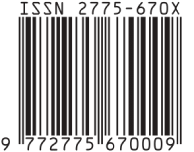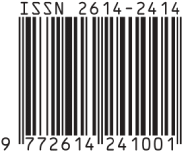The Relationship Between Internship Satisfaction and Career Indecision in College Students
Hubungan Antara Internship Satisfaction Dan Career Indecision Pada Mahasiswa
Abstract
Career indecision is a normal phase experienced by individuals, especially for college students. Career indecision among college students is associated with uncertainty in choosing a career path to pursue in the future. Internships are one of the stages of career exploration conducted before making a career decision, allowing students to gain practical experience in the workforce. This study aims to determine the relationship between internship satisfaction and career indecision among college students. The sample in this study was obtained using an accidental sampling technique from participants who filled out the research scale via Google Forms. A total of 250 college students across Indonesia participated. Based on data analysis conducted using SPSS 27.0 software, Spearman's Rho correlation value was (r) = -0.142 with a significance level of p = 0.025 (p < 0.05), thus H0 was rejected and Ha was accepted. The results indicate a significant negative relationship between internship satisfaction and career indecision among college students. The implication of this study is that the higher the internship satisfaction, the lower the career indecision, and conversely, the lower the internship satisfaction, the higher the career indecision among college students. Satisfaction in internship experiences plays an important role in helping students reduce uncertainty in career decision-making, ultimately facilitating a smoother transition from education to the workforce.
Copyright (c) 2025 Rizqi Amaliah, Hilwa Anwar, Rahmawati Syam

This work is licensed under a Creative Commons Attribution-NonCommercial 4.0 International License.













